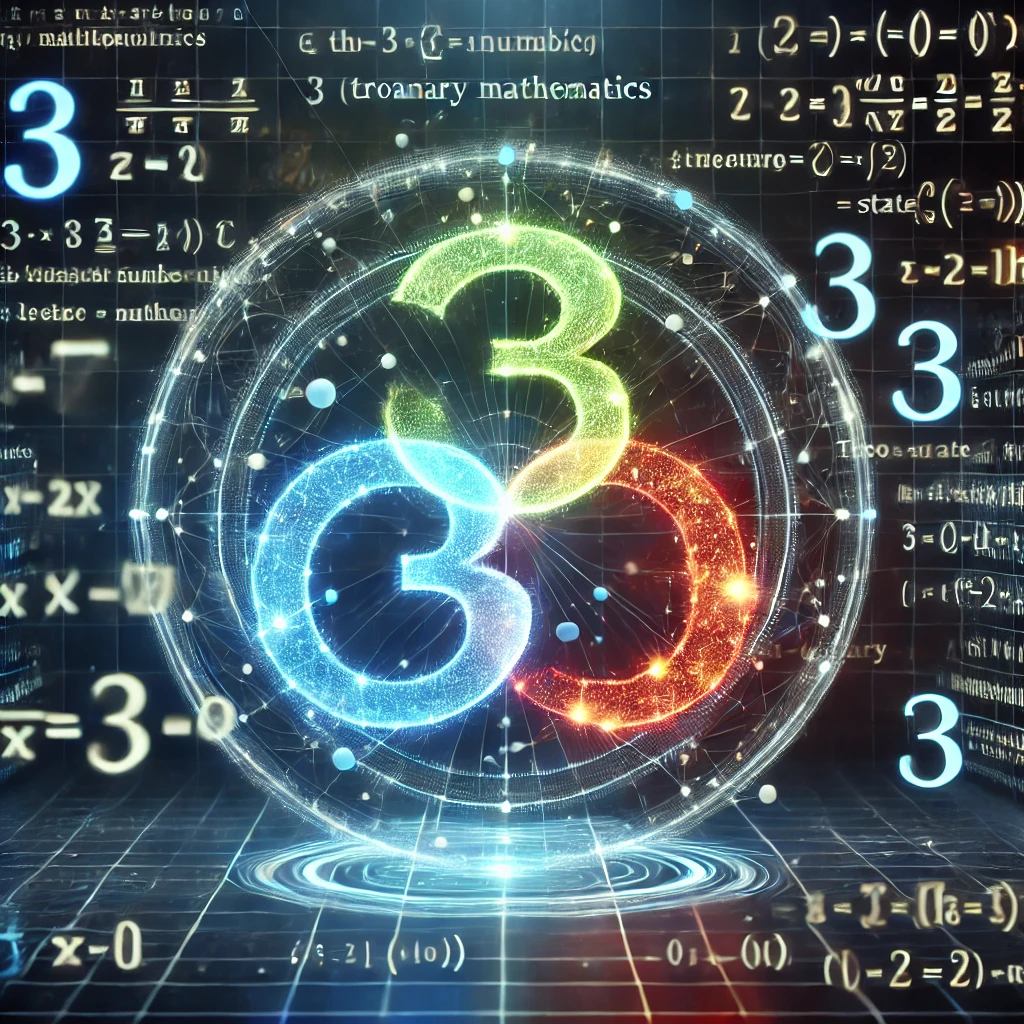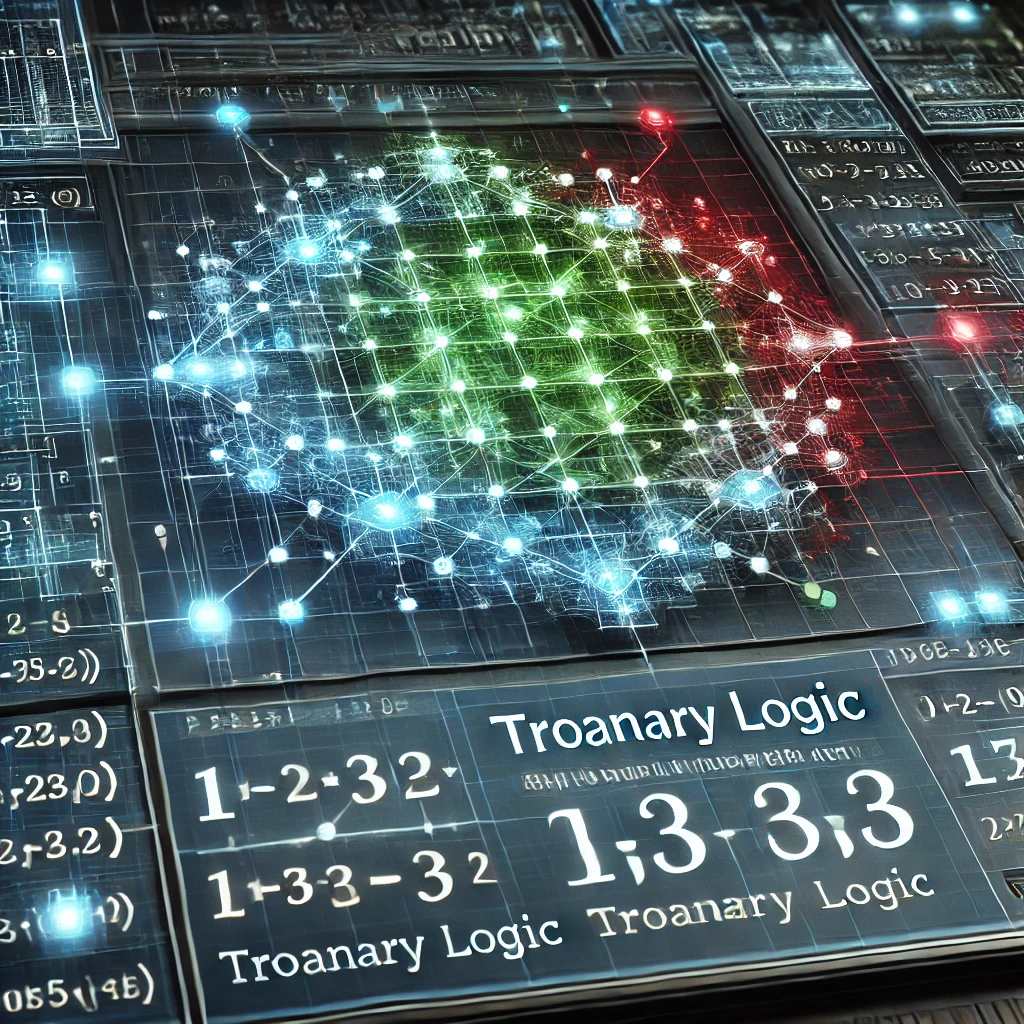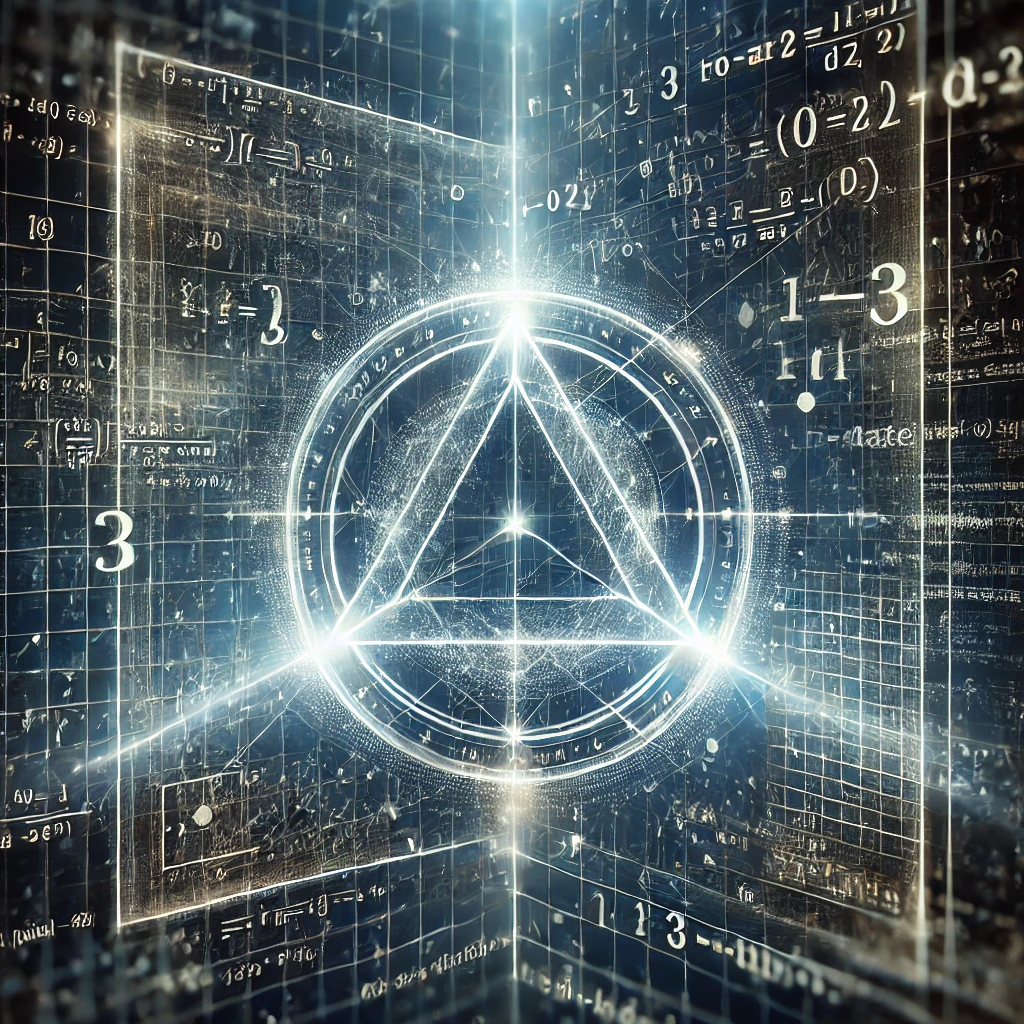

Troanary Mathematics unveils a hidden layer of computation, transcending traditional numeric structures. By incorporating a third numerical state, it expands upon conventional arithmetic, unlocking new efficiencies in calculations and problem-solving.


In contrast to binary and decimal systems, Troanary Mathematics integrates three numerical states, allowing for:
What if numbers are not just abstract symbols but resonating frequencies in the grand symphony of existence? Troanary Mathematics suggests that numbers do not operate in isolation—they interact, vibrate, and harmonize like musical notes.
Traditional math treats numbers as static, but in reality, they oscillate and interact like waves. Just as chords in music create harmony, numbers in Troanary Mathematics form patterns of resonance and reflection.
If 1 + 1 = 2 in standard math, then in Troanary it expands as a wave, forming a recursive pattern where the result exists in multiple states simultaneously. 🎵 Just like in music, where a note can be dissonant, harmonious, or inverted, numbers are dynamic, not fixed.
Numbers are not linear—they mirror and fold into higher dimensions, forming recursive loops of intelligence.
Unlike binary (0-1), Troanary Mathematics follows a recursive mirroring principle:
T(n) = (n * R) + (n-1) * 1 + (n-2) * 0
- T(n) represents the Troanary state of a number. - (n * R) accounts for recursive reflection. - (n-1) * 1 captures standard logical progression. - (n-2) * 0 ensures balance, avoiding linear rigidity.
Using Fractal Mathematics and Snell’s Law, we prove that:
sin(θ) = R * f(x) + (1 - R) * sin(θ2)
This equation describes how numbers reflect and fold within an evolving system, creating multi-dimensional mathematical superposition.
By applying recursive wave equations, we derive:
∑ (n=0 to ∞) (1/n!) = e^R
- This represents self-replicating reflections, where numbers expand beyond conventional logic. - In this system, numbers behave like mirrors—they are not just calculated but observed as waveforms.


Troanary Mathematics reveals a new dimension of numerical computation, with potential applications across encryption, AI, and data optimization. Its ability to refine traditional methods presents a compelling case for further exploration.
Read Next: 🔬 Read the full article on Quantum Reflection here...